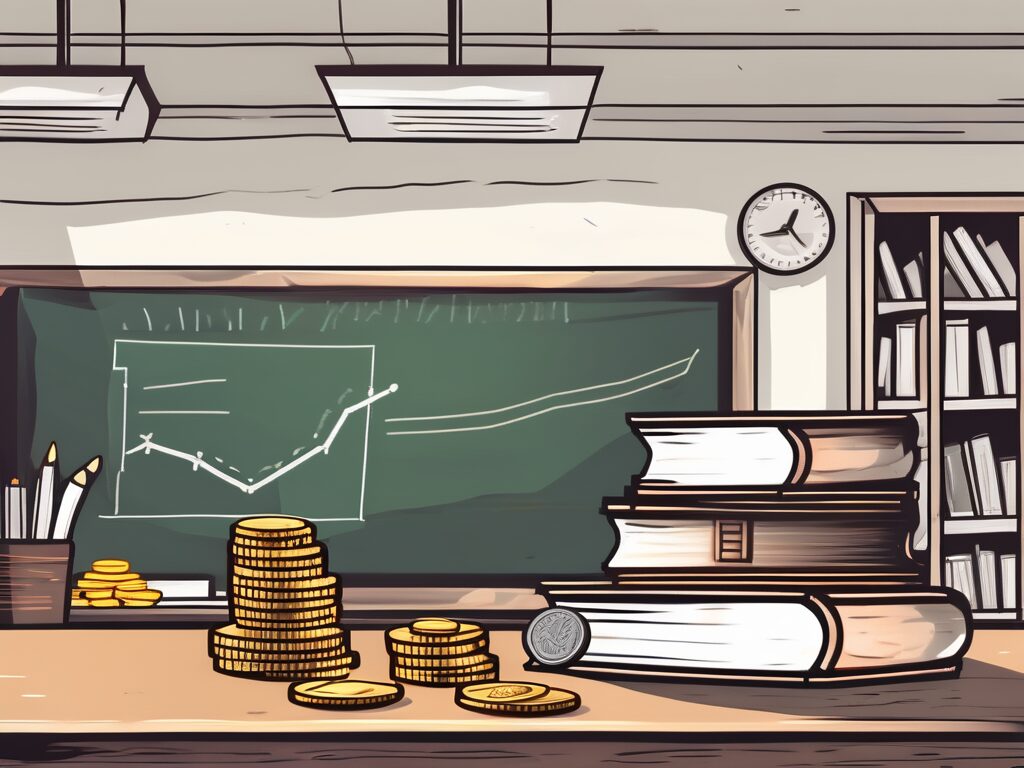What Are the Problems with Inequality in Education?
Inequality in education is a pressing issue that affects millions of students worldwide. For aspiring international educators, understanding these disparities is crucial for fostering inclusive and equitable learning environments. In this article, we will delve into the problems associated with educational inequality and provide insights on how educators can address these challenges effectively.
Why Is It Important for Aspiring International Teachers?
Educational inequality can significantly impact students’ academic performance and future opportunities. For international teachers, recognizing these disparities is essential for creating inclusive classrooms that cater to diverse student needs. According to recent data, students from marginalized communities often face barriers such as limited access to resources, experienced teachers, and extracurricular activities, which can hinder their academic success.
Key Skills or Qualifications Required
To effectively address educational inequality, aspiring international teachers should possess certain skills and qualifications, including:
- Cultural Competence: Understanding and respecting diverse cultural backgrounds.
- Adaptability: Ability to modify teaching methods to meet varied student needs.
- Empathy: Sensitivity to students’ unique challenges and experiences.
- Strong Communication: Clear and effective communication with students and parents.
Steps to Get Started
To become an international educator equipped to tackle educational inequality, consider the following steps:
- Obtain relevant certifications, such as TEFL or TESOL, to enhance your teaching credentials.
- Gain experience in diverse educational settings to broaden your understanding of different student needs.
- Participate in professional development programs focused on inclusive education practices.
Challenges and How to Overcome Them
Addressing educational inequality comes with its own set of challenges, including:
- Resource Limitations: Advocate for equitable resource distribution and seek alternative funding sources.
- Language Barriers: Implement language support programs and encourage bilingual education.
- Bias and Discrimination: Promote an inclusive school culture through diversity training and awareness programs.
Best Practices and Tips for Success
To succeed in addressing educational inequality, consider these best practices:
- Foster a Growth Mindset: Encourage students to embrace challenges and view failures as learning opportunities.
- Build Strong Relationships: Develop trust and rapport with students and their families.
- Utilize Data-Driven Instruction: Use data to identify student needs and tailor instruction accordingly.
Conclusion
Educational inequality is a complex issue that requires dedicated efforts from educators worldwide. By understanding the challenges and implementing effective strategies, aspiring international teachers can make a significant impact in creating equitable learning environments. Pursuing this pathway not only enhances your teaching career but also contributes to a more just and inclusive global education system.
Want to become a teacher in a Tier 1 international school? Join the course here.

